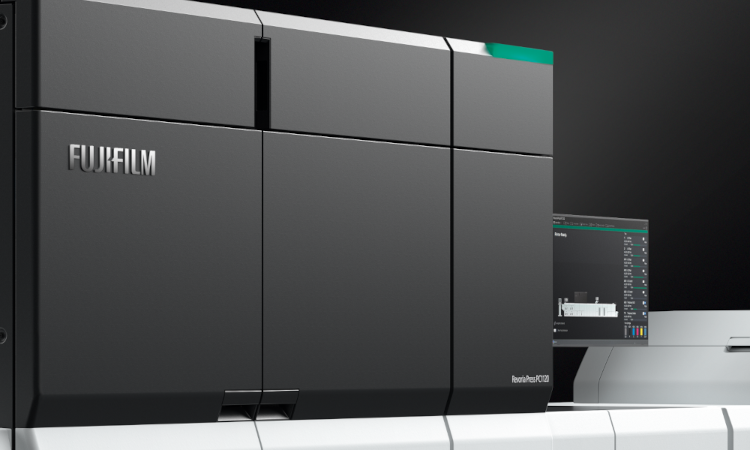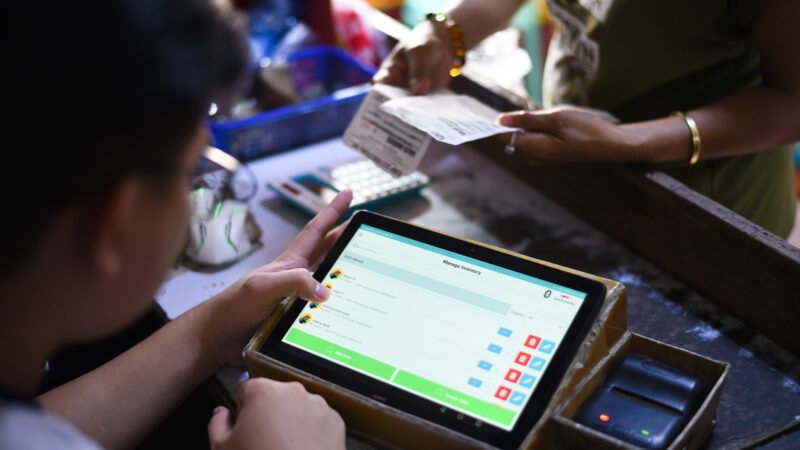Realizing the economic, environmental benefits of using green ICT
Makati City — May 2017 — Over the years, information communication technology (ICT) has been considered by business enterprises as a tool to reduce costs and optimize operations. However, with the increasing global environmental concerns, particularly the adverse effects of climate change, enterprises are now leaning towards adopting green ICT.
According to Raul “Cricket” Santiago, president and CEO of Fujitsu Philippines, this trend is driven by the demand for effective and efficient use of energy. Green ICT is necessary to lessen power consumption, reduce resource usage, reinforce product recycling, and eliminate hazardous substances.
“The ICT industry remains as one of the contributors to global warming. With this adverse impact, enterprises are now urged to take on steps to mitigate the effects to the environment. The challenge now, however, is for the distributors of ICT to extend greener products and services,” added Santiago.
According to a research firm, Gartner, Global ICT industry accounts for approximately two percent of global carbon dioxide (CO2) emissions. This is caused by the wide use of ICT products and services to run specific business operations. ICT products include not only desktop computers, printers, as well as databases, among others but also encompasses the data centers as well as the equipment and servers in them.
The impact of ICT equipment to the environment is manifested on how the materials are being manufactured, used, and disposed of. It is ideal that energy consumption is expended efficiently from production, transport to the consumers, until the time that it is being used. Meanwhile, improper disposal at the end of their lifetime may also add to the pollution.
To ensure that it aids in addressing the said issue, Fujitsu has made society and the environment as the center of its management philosophy. At the heart of environmental care is the attitude that environmentally-conscious product development begins at the initial design phase. It brings together small technologies which lead to big power savings and energy conservation.
For instance, the company designs all of their product’s parts in a way that it can be easy to recycle. Fujitsu fortifies its recycling capabilities to advance the collection and reuse of resources in its products. In terms of eliminating hazardous substances, Fujitsu not only complies with relevant regulations, but it also defines its own stringent rules to eliminate hazardous substances from products.
To maximize effectiveness and minimize costs, it is also important to choose ICT products offering strong environmental performance. However, attention must also be paid to the facilities housing such equipment. Fujitsu provides optical fiber temperature measurement systems for large-scale server rooms and data centers. It also markets green facility solutions for server rooms and Facility CUBEs for offices, stores, hospitals and many other facilities. The company’s ever-evolving products and services save energy, space, and costs in any environment.
In terms of manufacturing, Fujitsu also works to not only reduce electrical consumption but also, gas and crude oil. Reducing chemicals and waste materials, and promoting recycling with organic materials have contributed to zero emissions.
Fujitsu also adopts power-saving and energy-conserving technologies to improve equipment performance and processing speed, manage systems efficiently, and reduce loss and CO2 emissions.
“The concept of Green ICT is at the heart of every products and services of Fujitsu. By doing so, we are encouraging the enterprises in the country to shift to a much greener and sustainable systems for their business processes,” Santiago further said.
- Kaspersky Lab helps uncover vulnerabilities on gas stations by hackers - February 12, 2018
- 26-percent of Ransomware Attacks now target business - November 30, 2017
- The Battle is on to Fight Human Immunodeficiency Virus (HIV) - November 27, 2017



